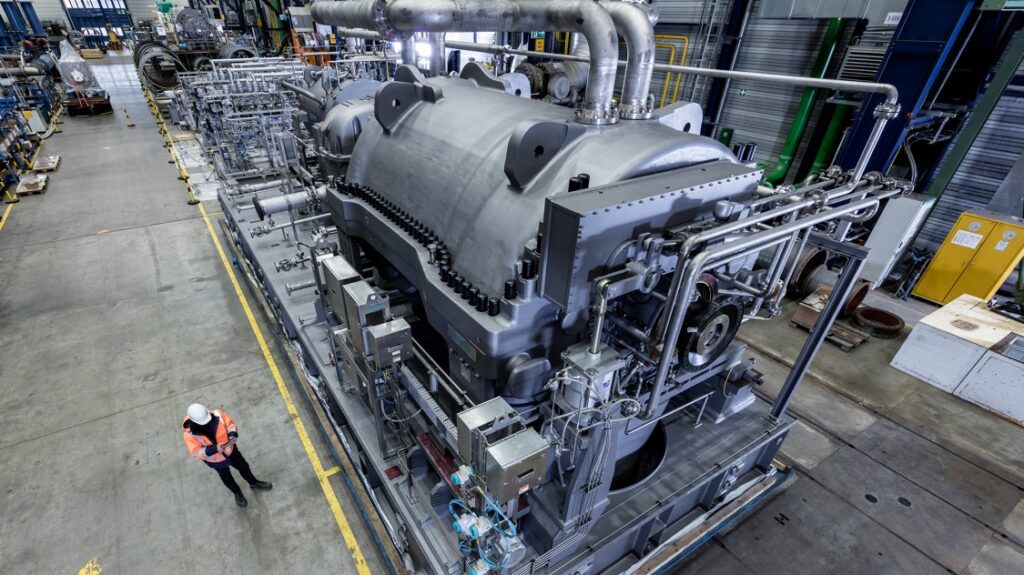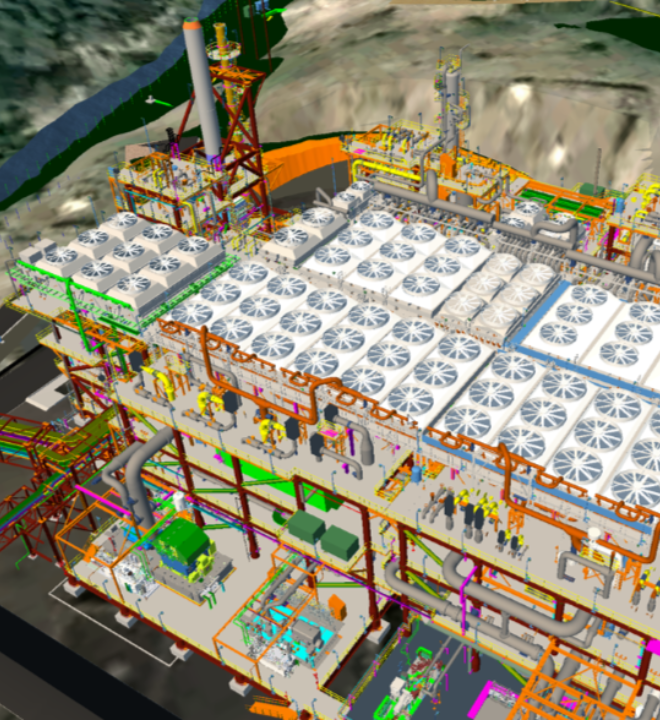Squamish Nation Environmental Assessment Agreement
Sḵwx̱wú7mesh Úxwumixw (Squamish Nation)’s environmental assessment process is the first legally-binding Indigenous-led environmental assessment of a project in Canada. The Agreement, granted on October 14, 2015, includes conditions applicable to Woodfibre LNG, FortisBC and the Province of British Columbia. Woodfibre LNG is responsible for 13 of the conditions identified in the agreement and is actively working with Squamish Nation to ensure that each of these conditions are fully met. This includes regular meetings between subject matter experts, regulatory discussions at various working groups and committees and inclusion of the Squamish Nation in monitoring activities at the Project site.

Innovation Through Consent and Collaboration
Woodfibre LNG has worked collaboratively with representatives from local Indigenous communities throughout the environmental assessment process to integrate traditional knowledge and input into the Project’s Environmental Management Plans and the design of the facility. Woodfibre LNG strives to work with its Indigenous partners to define their level of participation in the Project.
Fulfilling the Conditions of the Agreement
The Squamish Nation Environmental Assessment process has led to many improvements in Woodfibre LNG’s Project plans, including the development of two critical facility design choices that fulfill conditions of the Agreement.
Electric Drive Compressors
Air Cooling
Woodfibre LNG is able to achieve net zero in part because of early stage decisions aligned with the Indigenous led environmental assessment process conducted by Squamish Nation. Among these decisions was the commitment for electric compressors. Electrification eliminates the need for two gas turbines required to drive the compressor systems and as many as four gas-turbine generator sets for electric power generation. This replaces the need for natural gas and substitutes it with renewable hydroelectricity from BC Hydro. The electric drives have the additional benefit of increasing energy efficiency compared to natural gas engines, thereby reducing the overall energy demand. The E-Drive system delivers an emission intensity 14 times lower than conventional liquefaction facilities, resulting in stationary combustion emission reductions of approximately 230,470 tCO2e per year (Net Zero Roadmap, Pg 15).

Seawater cooling was proposed as part of Woodfibre LNG’s early facility design as the cooling method for the facility. Concerns were raised during the assessment process about potential impact on critical marine habitat and life in Howe Sound. Squamish Nation conducted an independent review of three cooling techniques: seawater cooling, air cooling, and air cooling with freshwater spray. Air cooling became the method selected by Squamish Nation Council in October of 2016. Woodfibre LNG has fully incorporated this decision into the project proposal and the design of the facility.
